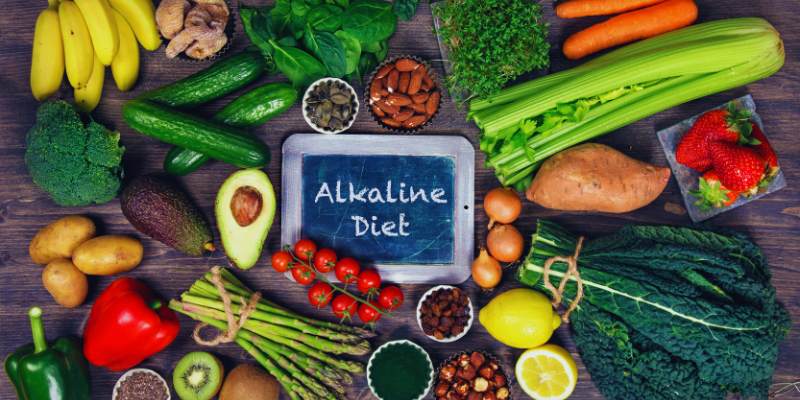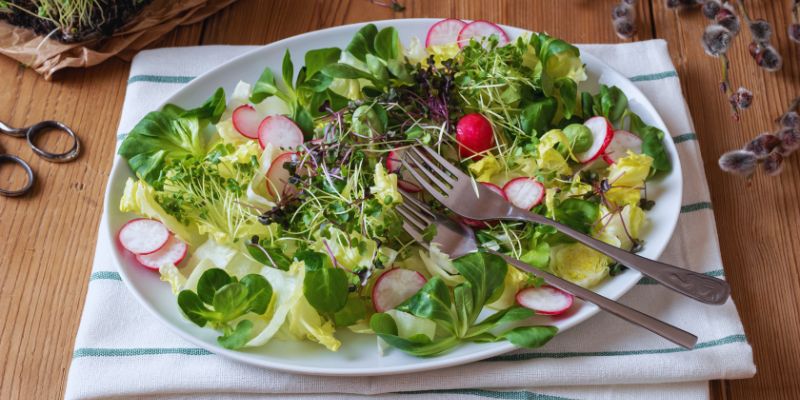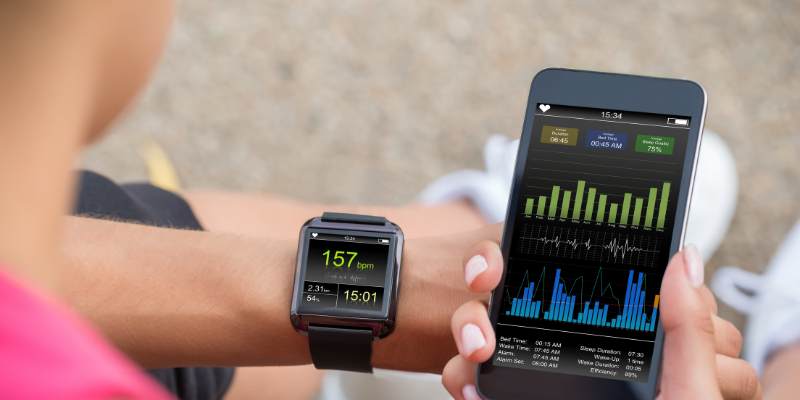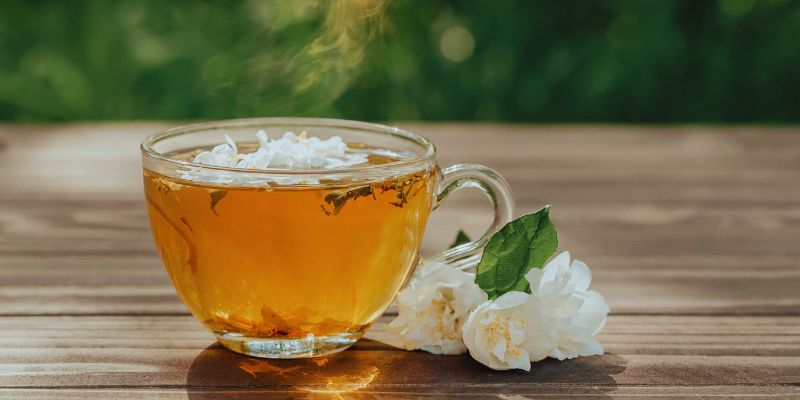Sodium is an electrolyte and mineral naturally present in foods and table salt. The human body needs sodium for healthy kidneys, muscle functioning, and proper hydration. But too much of a good thing can also be bad, and the same is true for salt. Too much salt consumption for a short period causes puffiness, bloating, and increased thirst, and if consumed for a long time, it can lead to health complications (high blood pressure and heart disease). Therefore, it is important to limit sodium in your diet.
But, eating out becomes a challenge when you are on a low-sodium diet, as restaurant meals are loaded with sodium. Worry not; even then, eating out is possible with the right approach. From asking questions to skipping the sauce, there are various strategies that you can follow to enjoy your favorite restaurant while keeping the salt intake in check. So, if you don't need to sacrifice the pleasure of dining out, learn more helpful strategies here!
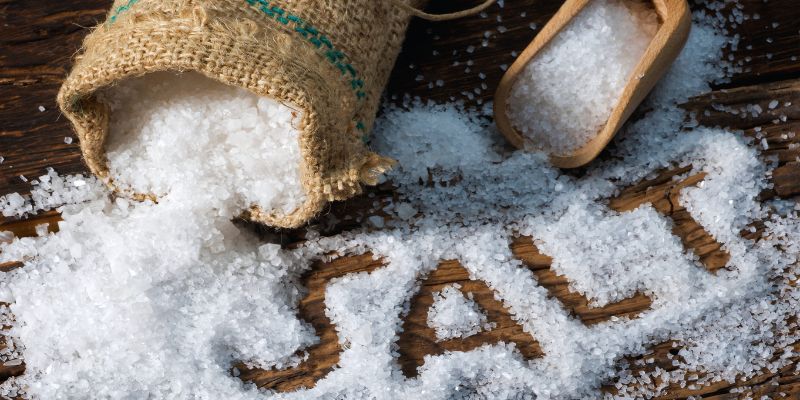
What is a Low-salt Diet?
A low-sodium diet means eating less salt each day. Doctors often suggest this diet to help people control their blood pressure. It is also good to take care of the heart and kidneys. Too much salt can make your body hold onto water. It puts extra pressure on your heart and blood vessels. That’s why eating less salt can help you stay healthy.
Even if you don’t have health problems, eating less salt is still good. It can help prevent future issues like high blood pressure, heart disease, and kidney problems. You don’t have to avoid salt completely; try to limit how much you use. You can start by eating more fresh fruits and vegetables and cooking meals at home. It is important to avoid packaged or fast food, which usually has a lot of salt.

How Much Sodium Is In A Low-Sodium Diet?
Health experts have been telling people to eat low sodium for years. However, it is still a big problem as few people know how much sodium a low-sodium diet is. Remember that a low-sodium diet usually means having no more than 2,000 mg of sodium daily. Most people are told to stay under 2,300 mg per day. It is about the same as one teaspoon of salt. But some health groups have stricter rules.
For example, the American Heart Association recommends only 1,500 mg of sodium daily for better heart health. The word “low-sodium” has a special meaning when looking at packaged foods. The AHA says food is low in sodium if it has less than 140 mg per serving. To stick to a low-sodium diet, try to eat foods naturally low in salt. Fresh fruits and vegetables are good choices. Also, try to cook at home more often to control how much salt you use.
How to Follow a Low-Sodium Diet When Eating Out?
Eating out when you are following a low-sodium diet can be difficult. Even healthy foods like milk have some salt, and restaurants often add extra salt when cooking. Fast food and "fast-casual" places are the worst because they don't cook from scratch. They just put things together. It makes it hard to ask for food with less salt. Checking their website or asking for a menu with nutrition facts can help. Asian restaurants, such as Chinese, Thai, or Japanese, use a lot of sauces and soups, all of which have high sodium. Italian restaurants often use salty tomato sauces and cheeses. If you like these places, order simple food and eat smaller portions. For example, have one slice of veggie pizza and a salad. Besides that, here are some helpful tips for eating less sodium when eating out:
- Ask Questions: Find out how your food is cooked. Some items can be rolled in salt or cooked with salty sauces.
- Choose Small Local Restaurants: They may cook fresh meals and make food with less salt.
- Skip The Sauce: Ask for sauce on the side and dip your fork lightly into it before eating.
- Avoid Casseroles: Pick grilled, baked, or roasted foods without extra toppings.
- Use Salsa And Ketchup Carefully: They are low in fat but can be high in salt.
- Taste Before Adding Salt: Don’t add extra salt right away. Try the food first.
- Bring Your Seasoning: Use a salt-free spice mix to flavor your food.
- Add Fruits And Vegetables: Ask for steamed veggies without sauce. A bit of lemon adds flavor.
- Watch Salad Toppings: When eating out, use less cheese, deli meat, olives, and croutons. Ask for dressing on the side.
- Pick Healthier Desserts: Always choose fruit or sorbet instead of cakes or pastries.
With these simple tips, you can enjoy dining out while keeping your sodium intake low and staying healthy.
Low-Sodium Foods
If you consume too much sodium, it can increase the risk of heart disease and raise blood pressure. On average, adults in the U.S. eat about 3,400 mg of sodium daily. Because of many side effects, avoiding salt while eating out is important. So, if you want to restrict salt consumption, here we are sharing foods that are low in sodium or have no sodium. You can pick any of them and make a crucial part of your diet as they all are safe to eat:
- You can enjoy fresh, frozen, or dried fruits. Fresh or frozen vegetables without added sauces or seasoning are also good choices.
- Whole grains like brown rice, oats, and quinoa are also low in salt and healthy.
- Fresh or frozen fish, meat, and chicken are fine.
- Eggs are also safe to eat. Healthy fats like avocados and olive oil are low in sodium. You can also eat unsalted nuts, seeds, or nut butter with no added salt.
- Low-sodium canned beans, milk, and yogurt are also good options. Drinks like 100% fruit juice, coffee, and tea have little or no salt.
- Cook pasta noodles in water without salt. Small amounts of snacks like low-sodium crackers, chips, pretzels, and unsalted popcorn are okay.
- You can also use low-sodium ketchup, sauces, and soups. For flavor, use garlic, ginger, or salt-free herbs and spices.
Conditions That May Benefit From A Low-Sodium Diet
Here are the benefits you will get from a low-sodium diet:
- Eating too much salt can cause health problems like high blood pressure, heart disease, and kidney disease.
- Lowering salt intake can help prevent or manage these conditions. It can also help lower the risk of stroke and heart attack.
- Salt raises blood pressure by pulling more water into the blood, making the heart work harder. Almost half of U.S. adults have high blood pressure, which causes many deaths each year.
- Small changes, like eating less salty foods, can help your heart.
- High blood pressure makes kidneys work harder and can lead to kidney failure.
Conclusion:
A low-sodium diet is important for maintaining good health, especially when eating out. Too much salt can raise blood pressure and increase the risk of heart disease, stroke, and kidney problems. Many restaurant meals and processed foods contain hidden salt, making it challenging to stick to a low-sodium plan. However, you can enjoy dining out by choosing fresh, whole foods and asking for meals with less salt.

